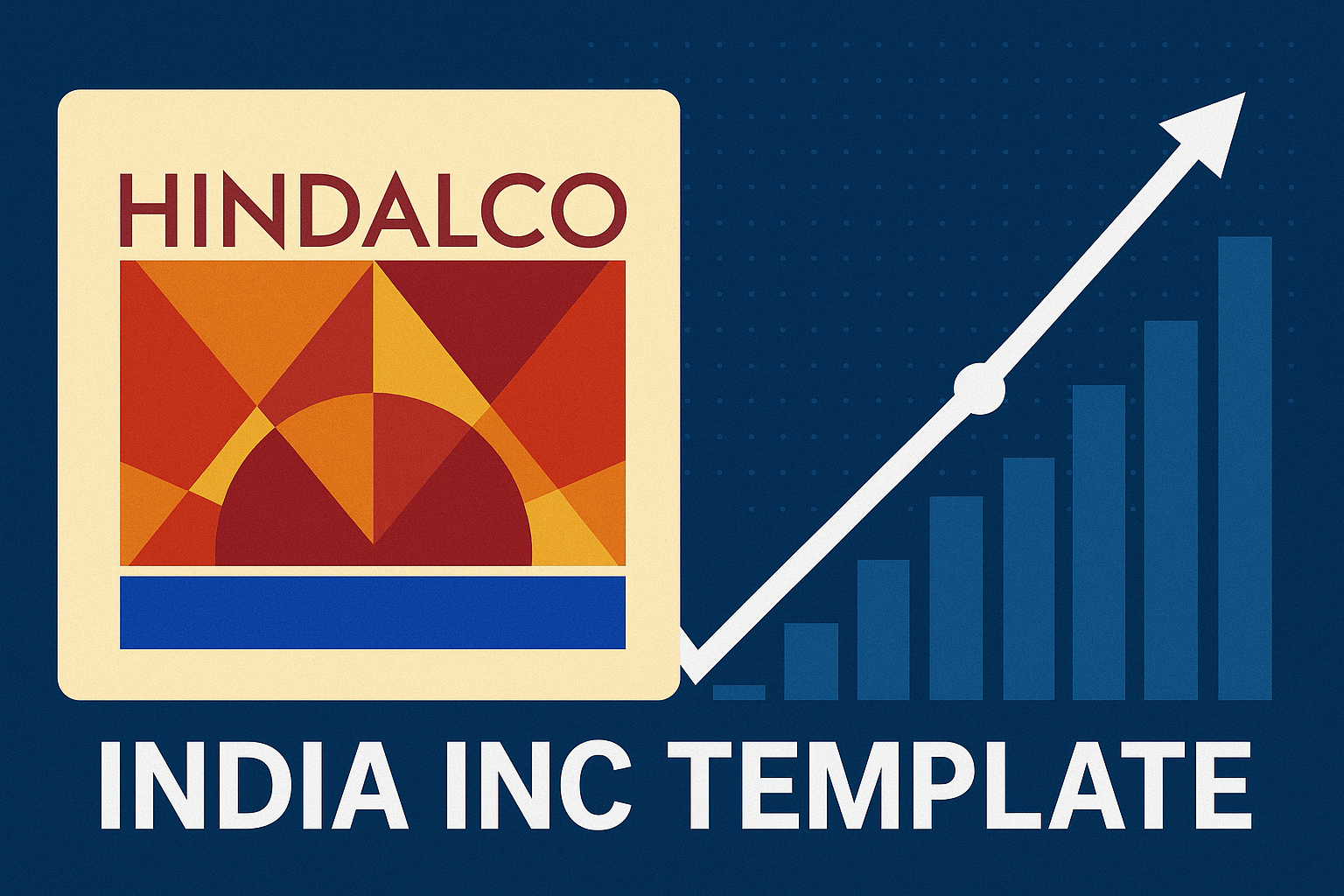Announcement: Lorem ipsum dolor sit amet, consectetur adipiscing elit. Donec et quam blandit odio sodales pharetra.
Hindalco Framework could soon become a template for India Inc
If you thought that the 55% price rally in Hindalco was due to the commodity rally or greater demand; think again. It is more because of Hindalco executing a capital allocation framework strategy for a clear view about how the surplus capital will be allocated in the future.

Table of Content
Capital framework for Hindalco
Why has Hindalco suddenly chanced upon the idea of a capital allocation plan and what does that entail? Hindalco spent the last 12 years carrying the cost of Novelis, which it had acquired in 2007. The company is now generating big cash flows as is the core India business of Hindalco. It was time to give clarity to the shareholders and investors on how this cash will be deployed so as to maximize shareholder value. Here is why this becomes critical for Hindalco.
Interesting numbers in place
It is estimated by the company that the core business will generate nearly $3 billion over the next 5 years after all the working capital, maintenance capex and additional capex are taken care of. The amount of $3 billion is what Hindalco will have on hand to allocate to debt reduction, shareholder rewards and for treasury operations. The framework that Hindalco adopted and communicated to its investors gives a lot of clarity on how the cash will be utilized and whether the company plans to pay out the cash or to reinvest the cash in the business.
Value accretive framework
The framework that Hindalco has zeroed in on is value accretive. Here is the reason. Hindalco will generate $6 billion over 5 years after working capital and maintenance capex. Out of this sum, it has committed to allocate 50% towards growth capex and 30% towards debt reduction. Only 10-12% of this sum will be allocated to shareholder returns in the form of dividends or buybacks. The market valuation model normally gives a higher weightage to reinvestment in the business and a lower weightage to pay out of dividends. Also, the fact that 30% of the free cash flows will used for debt reduction will bring down the net debt to EV ratio to 2.5X in the next 2 years. All these are likely to be value accretive.
It could be a larger template
Many Indian companies have intuitive capital allocation frameworks but what Hindalco has done is likely to become the template for India Inc. Most Indian companies need to communicate to their shareholders how the free cash flows will be utilized in such way that wealth of shareholders is maximized. We saw that happen with Reliance between 2010 and 2015, when there was no clarity on how the cash will be used. It was only when the telecom story came out in 2016 that the re-rating started. Indian companies will have to latch on to this model fast and effectively communicate the same!
Comments